Bibury, Gloucestershire, England. The old village, mentioned in the Domesday Book (1086), is famous for its stone cottages built in the 17th century. Often referred to as the most beautiful village in England, Bibury is definitely very charming and very English.
Arlington Row – a row of cottages next to the River Coln – and the water-meadow Rack Isle define the town. Bibury Trout Farm is one of the oldest in England – here you can catch it yourself and eat in a farm’s restaurant. From the village tourists take a walk to see the beautiful St Mary’s Church.
What to do?
Besides the architecture, the tourists take a walk across the Roman road and explore rich wildlife.
When to go there?
Anytime, although summer might be the most pleasent time of the year.
How to get there?
By train or bus. Bibury is 1,45 h drive from London.
Read more or book: Costwolds, The Swan Hotel
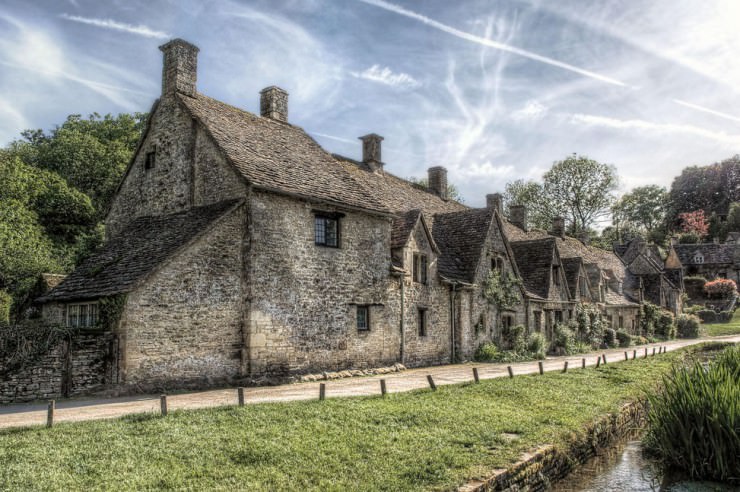
Photo by Dirk Seifert

Photo by Maurizio De Angelis
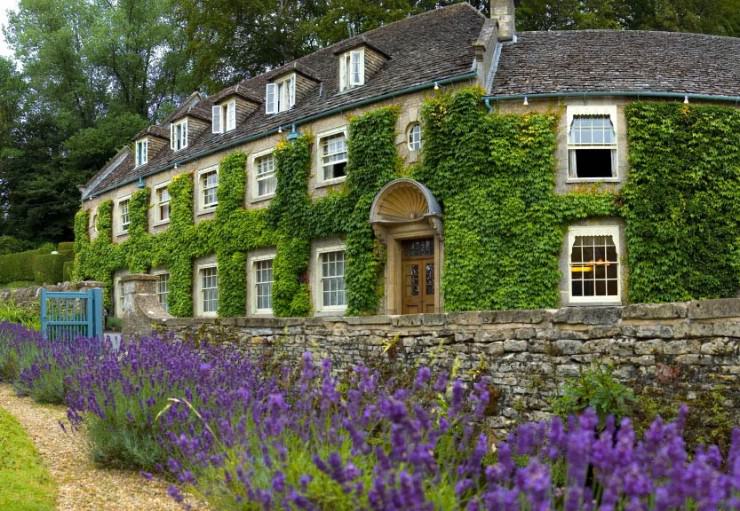
Photo by Unknown
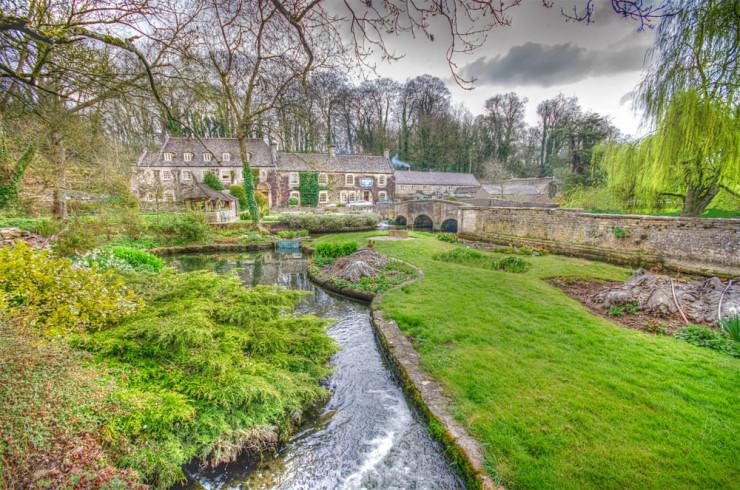
Photo by Evoljo

Photo by Unknown
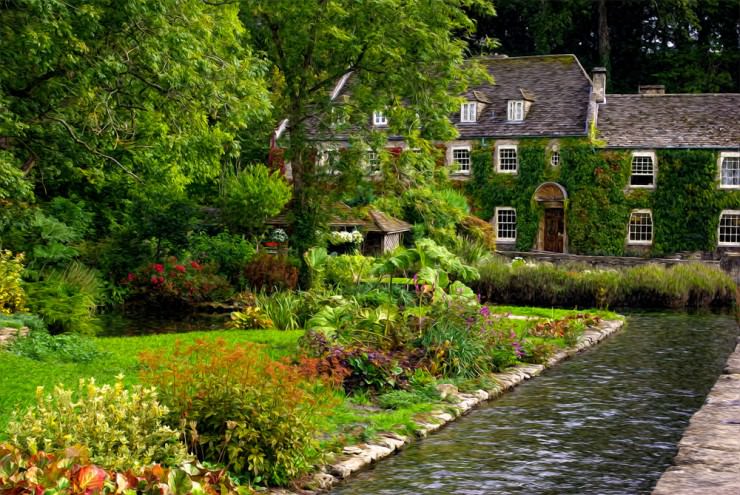
Photo by Unknown
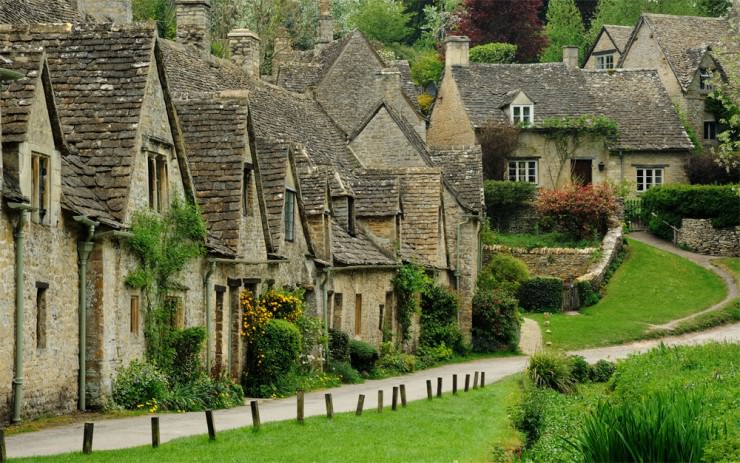
Photo by Unknown
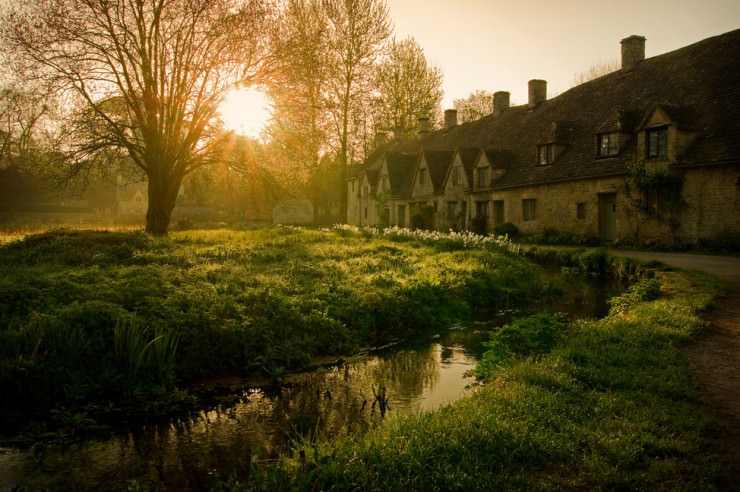
Photo by Giles Clare
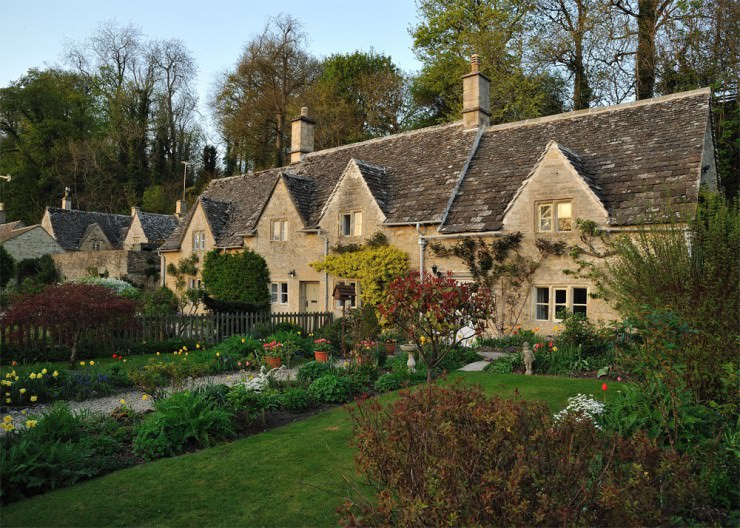
Photo by Unknown
[symple_googlemap title=”Bibury, Jungtinė Karalystė” location=”Bibury, Jungtinė Karalystė” zoom=”10″ height=250]
